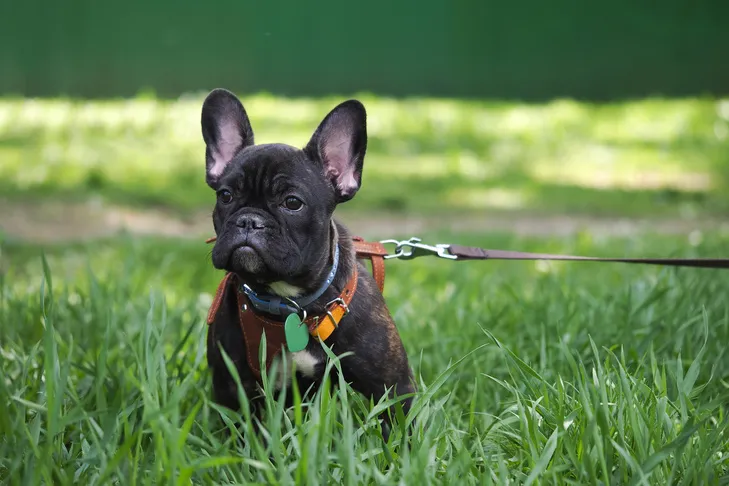Many dog owners assume puppies naturally walk nicely on a leash, but leash training your puppy is a crucial skill that requires patient practice. Mastering this early ensures enjoyable walks and strengthens your bond. As experts at Dog Care Story, we’ve helped countless owners teach their pups polite leash manners using positive reinforcement methods recommended by certified trainers.
Wondering when do you start leash training a puppy? Begin as soon as you bring your new companion home. Dog training professional Kathy Santo shares proven tips to build a strong foundation for stress-free outings.
Introduce the Collar, Harness, and Leash
Start by familiarizing your puppy with the equipment indoors. Choose a comfortable collar or harness and a lightweight leash. Let your pup wear them for short sessions while playing and offering treats. This associates the gear with positive experiences like fun and food, making future walks exciting rather than scary.
Keep initial wear times brief—5-10 minutes—to avoid discomfort. Praise lavishly and provide high-value treats to build enthusiasm.
 French bulldog puppy in a harness sitting in tall green grass on a leash for a walk.
French bulldog puppy in a harness sitting in tall green grass on a leash for a walk.
Teach a Marker Cue for Attention
In a quiet, distraction-free room, introduce a sound cue signaling rewards, such as a clicker, “yes,” or tongue cluck. With the leash attached, make the sound and reward immediately when your puppy looks at you. Repeat until they reliably turn toward you upon hearing it.
This builds focus quickly. After several reps, your pup will not only look but approach for the treat, setting the stage for walking together.
For reliable recall during training, check our guide on how to train dog to come here.
Encourage Your Puppy to Follow You
Once the cue works, back up a few steps as they approach, rewarding when they reach you. Gradually increase distance and add a few walking steps. Sessions should be short—5-10 minutes—to match short puppy attention spans. Always end on a high note while they’re eager.
Puppies learn best through play, so incorporate toys alongside treats for variety.
Practice Walking Indoors
With basics down, practice short walks in a low-distraction room. The sensation of the leash moving will challenge them initially. Use your cue, praise, and treats to guide them beside you. Build from a few steps to circling the space.
Consistency is key; repeat daily for steady progress.
Transition to Outdoor Walks
Take skills outside once indoor practice succeeds. New smells, sights, and sounds will test focus, so keep first outings brief. Watch closely—if distraction looms, use your cue, step away, and reward focus. Patience prevents setbacks.
Start in quiet areas and gradually add busier environments.
Troubleshooting Common Leash Training Issues
Puppies often face challenges as they age and encounter distractions. Aim for loose-leash walking to pass tests like the Canine Good Citizen.
Handling Pulling on the Leash
If your puppy pulls ahead, stop like a tree—stand still until they return. Avoid yanking; use front-hook harnesses or head halters for pullers. Learn more in our article on how do you stop a puppy pulling on the lead.
Managing Lunging Behaviors
For lunging at dogs, cars, or skaters, redirect with treats preemptively. Increase distance from triggers and stay vigilant. Herding breeds may react more, but proactive training works for all.
Stopping Leash Barking
Barking at other dogs often stems from insufficient exercise. Ensure age-appropriate mental and physical stimulation first. Then, create distance and reward quiet focus before barking starts.
Over time, fade treats while randomly reinforcing good behavior. Carry them for spontaneous rewards.
Consistent leash training your puppy transforms chaotic walks into pleasant routines, promoting safety and enjoyment. Follow these steps diligently, and you’ll have a well-mannered walking partner. Need personalized advice? Contact Dog Care Story’s trainers for virtual sessions tailored to your pup’s needs. Start today for happier adventures!
